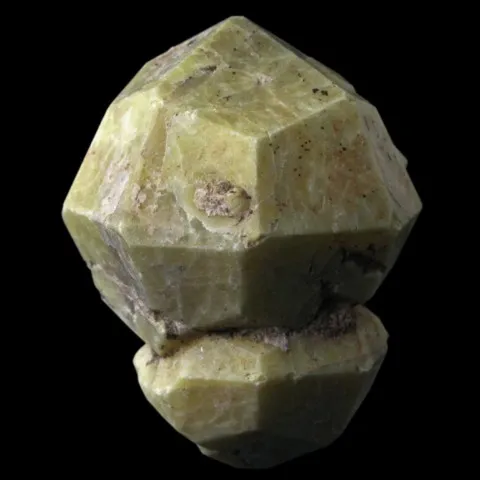LEUCITE
Class : Silicates
Subclass : Tectosilicates
Crystal system : Tetragonal
Chemistry : KAlSi2O6
Rarity : Uncommon
Leucite is an accessory feldspathoid, characteristic of alkaline volcanic rocks rich in potassium and deficient in silica (tephrites), sometimes also present in potassium basalts, basanites and phonolites. Its name comes from the Greek leucos (white) in reference to its color. The crystalline form is constant and characteristic : we almost always observe well-formed trapezoidal crystals, more precisely tetragonotrioactahedra (or leucitohedra), consisting in fact of twinned tetragonal crystals ; the striation of the faces betraying the organization into polysynthetic twins of the mineral. Leucite is sometimes also grainy or massive. Translucent, rarely transparent, it is colorless, greyish, whitish or yellowish. It easily deteriorates in meteoritic conditions, becoming opacified and releasing potassium salts, resulting in the exceptional fertility of the soils derived from it.
Main photo : Leucite from Afyon, Western Anatolia, Turkey
Leucite in the World
Leucite in France
Twinning
Twins are common and polysynthetic on {001} and {110}.
Fakes and treatments
No fake inventories for this mineral species.
Hardness : 5 to 5.5
Density : 2.24 to 2.29
Fracture : Irregular to sub-conchoidal
Trace : White
TP : Translucent to transparent
RI : 1.479 to 1.494
Birefringence : 0.001
Optical character : Biaxial -
Pleochroism : None
Fluorescence : Yellow, white, green
Solubility : Hydrochloric acid
Magnetism : None
Radioactivity : None

